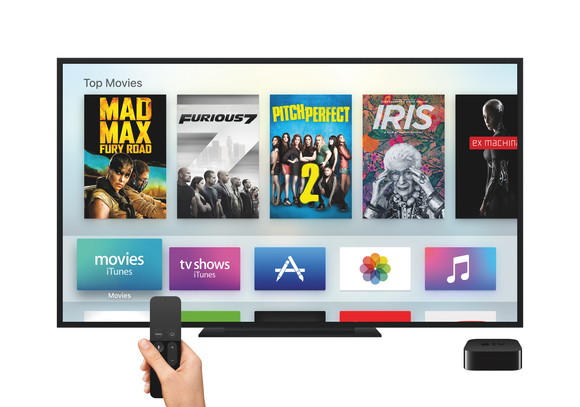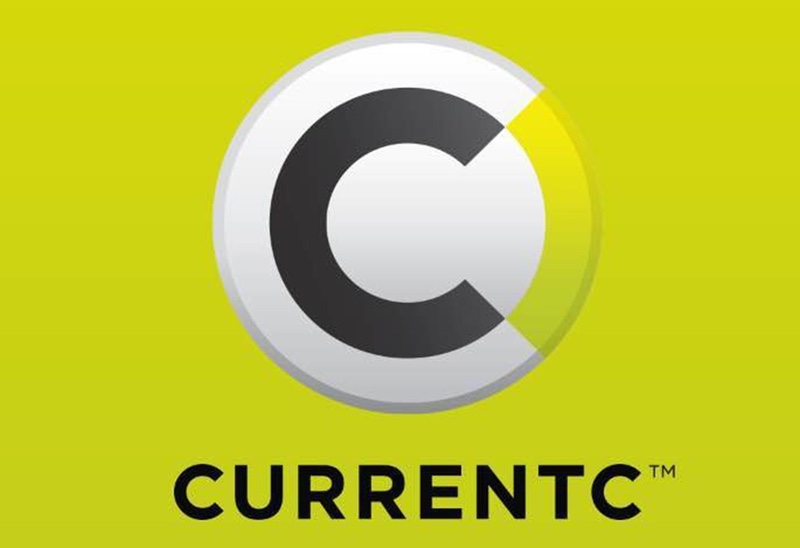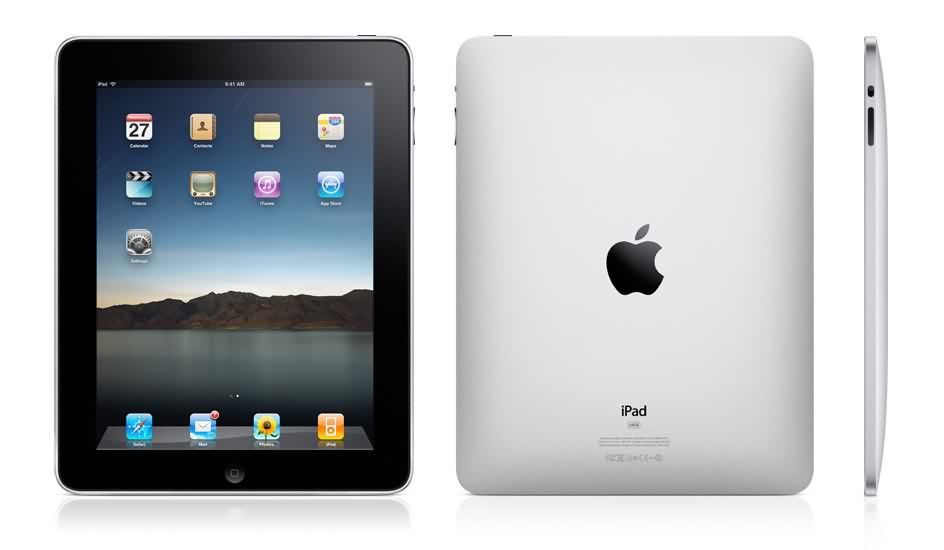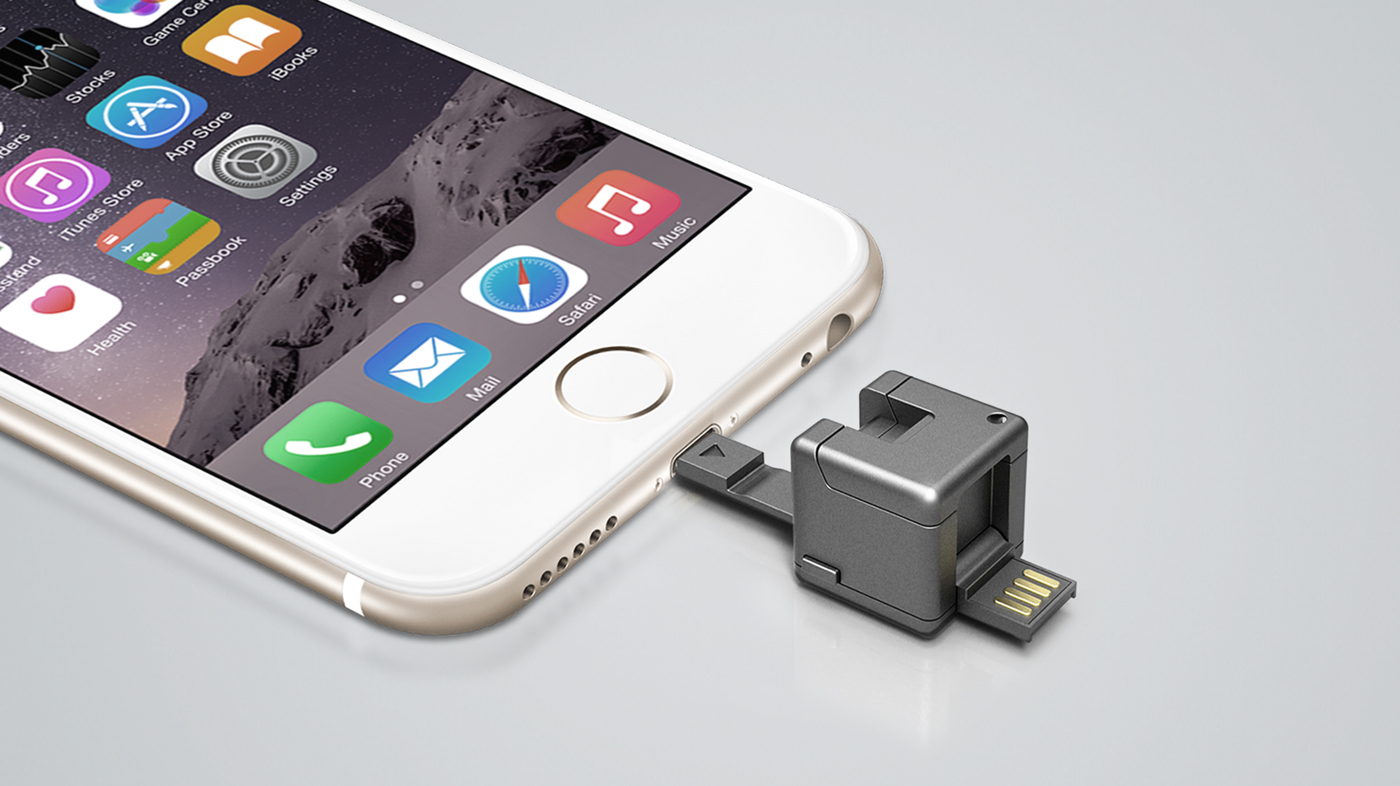In just a few hours, the speculation about the Apple Watch will be over (at least most of it) and we’ll have cold hard facts, lots of finger pointing about who got what wrong, and lots of spinning to explain how someone may have gotten it wrong, but they really didn’t mean it that way so they were actually right. We’ll also get a few people blaming Apple for their own wrong guesses. (Those are my favorite.)
For me, the most interesting questions have been around how much the watch will cost in its various iterations and what kind of upgrade path there will be (if any.)
On pricing, I’ll take the under on pretty much any published speculation. I agree with a lot of what Kirk McElhearn had to say on the topic:
The Apple Watch Edition is not a luxury watch; it’s just a gold-cased version of the cheaper watch. There’s nothing exclusive about it, nothing special. It’s not like more expensive watches where you pay for complex machinery. Yes, there is gold; that will make it more expensive than the other models. But not that much. Estimates of the cost of the gold suggest that the metal would cost less than $1,000.
As such, I think the list price for the base model Apple Watch Edition will be $1,999. There will certainly be a price differential by size, and it could be a couple hundred dollars for this version. In addition, the watchbands will cost as much as several hundred dollars. There’s just no reason to pay more. I repeat, this is not a luxury watch; this is a smartwatch with a gold case.
I’ve been saying all along that the Apple Watch, for all its fashion focus, is still primarily a piece of technology. A Rolex doesn’t cost tens of thousands of dollars just because of the weight of the gold in it. It cost what it does because it’s a finely crafted, mechanically complex piece of machinery-slash-jewelry, and it has the Rolex name on it. It — and other luxury watches — are heirlooms, designed and priced to be handed down from generation to generation. An Apple Watch may be finely crafted and technologically complex, but it it will be obsolete someday — probably someday soon. There is no Rolex 1.0, but there will almost certainly be an Apple Watch 2.0.
That’s why I think Daring Fireball’s John Gruber is off base. I think he sees the Apple Watch as a luxury watch — the former on equal terms with the latter. I also have trouble with the sheer number of SKUs (price points) he sees. Between different prices for watch sizes and bands, Gruber estimates 16 different price points. That feels unwieldy to me. Although I agree that the different bands have to come at different prices, it doesn’t seem Apple-like to me to charge different prices for each size of the watch. And before you start pointing out the price differences between a 16, 64 and 128MB iPhone, I don’t equate watch size with something like storage capacity.
Who knows? Maybe my pricing speculation is more wishful thinking than analysis, but I sure hope Gruber is wrong this time.
What about upgradability? If the Apple Watch is indeed going to be seen as more of an heirloom than an iPad, it needs to have some protection from obsolescence. There are two ways to do that: Make the innards of the watch easily swappable with new versions, or offer a buyback program to soften the blow of buying that Apple Watch 2.0. The first solution works if you think the styling of the Apple Watch is set for a good long time. That seems a long shot, given Jonny Ive’s and the company’s propensity for better, faster, thinner. Swapping out new “watch guts” also seems like a logistical challenge: Would Apple Store employees have to be trained in watchmaking so they could make the upgrade on the spot? Would one simply trade in your old watch for a new one, with Apple doing the recycling later? Or would there be a delay involved: Drop off your old watch and wait for it to be shipped to Cupertino (or China or Texas), upgraded and sent back to you or your local store? All that hassle makes a buyback program make more sense to me, but would Apple even address such a far-in-the-future issue at this event? Maybe not.
And then there’s the question of battery life — not just how many hours in a charge, but how many charges in a battery’s lifetime. If Apple is going to charge a premium for the watch — if it is going to be something we pass down to our children, there has to be a reasonable process to replace the battery. A watch that has to be charged every night is one thing; one that has to be charged several times a day because the battery’s old? That’s just not workable.
Even beyond the cost questions, I’m looking forward to hearing more about what the watch can do. Did we hear about all it’s features last fall? I doubt it. I’m eager to hear more about battery life
In any case, we’ll have at least some of the answers in a few short hours. At $349, I’m almost certainly in the market — if for nothing else than to be able to write about it. But I’m holding out hope that the stainless steel version is within my reach, and that Apple will have the right answers to all these questions.









